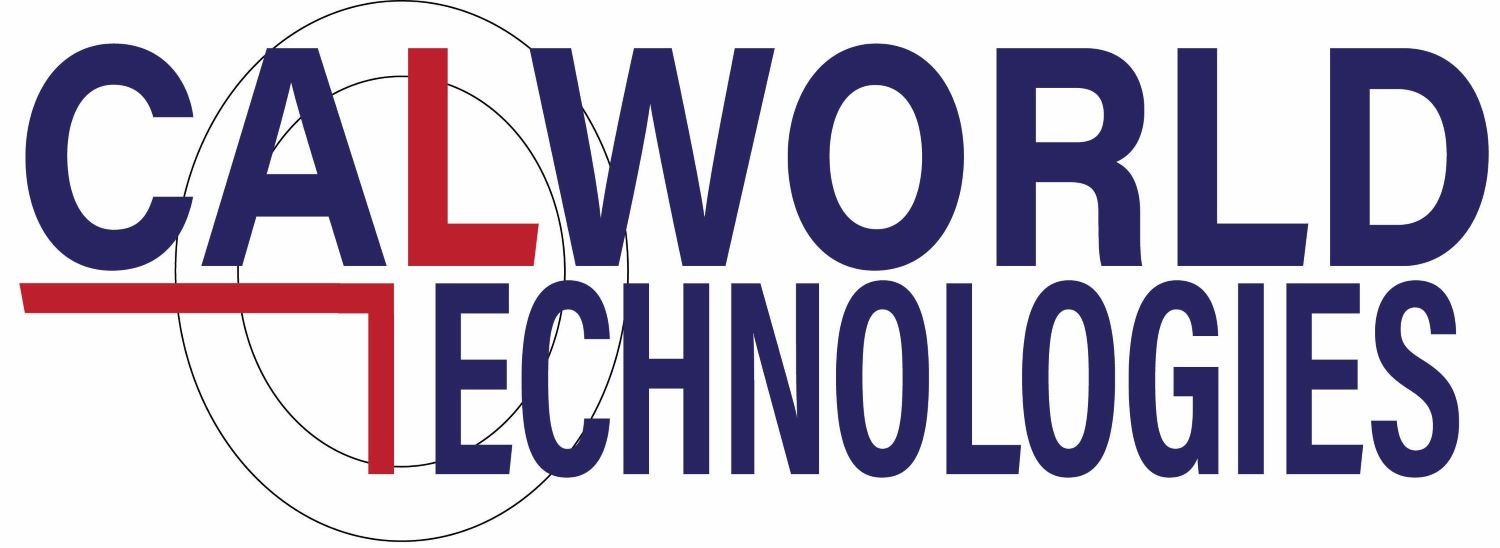What are the different types of calibration?
Calibration can be broadly broken into 5 categories, depending on the instrument and the quantity it measures. Although this is not an exhaustive list, most calibrations carried out by technicians fall within one of the five types described below.
1. Pressure Calibration
Pressure calibration is important in many industries that work with gasses, steam and hydraulics. Common pressure instruments that are regularly calibrated are:
Digital Pressure Gauges
Analogue Pressure Gauges
Pressure Sensors and Transducers
Barometers
2. Temperature Calibration
Temperature calibration is crucial in industries that work with controlled temperature environments. Temperature is typically calibrated by placing a thermometer in a stable reference environment, and then comparing the reading to a standard or reference thermometer. Some instruments that require temperature calibrations are:
Thermometers
Thermocouples and Thermistors
Cool Rooms/Freezers
Ovens/Furnaces
3. Flow Calibration
Flow calibration is necessary for industrial and commercial applications that rely on flow rate measurements of a fluid (liquid or gas). Examples of flow rate measurements are volumetric and mass flow rates. Various types of flow meters, such as thermal mass and laminar, measure flow rates for different purposes.
4. Electrical Calibration
Electrical calibration refers to calibrating instruments that measure electrical parameters. Examples of these include: voltage, current, resistance, inductance, capacitance, time and frequency. Precise devices, such as a precise digital multimeter, can perform calibrations and verify the units under test (UUT). Instruments that require electrical calibration include:
Oscilloscopes
Data Loggers
Electrical Meters
Frequency Counters
5. Mechanical Calibration
Mechanical calibration refers to calibrating instruments that measure mechanical parameters. Examples of these include: mass, volume, density, force, torque, angle, flatness and vibration. Some of the most frequently calibrated mechanical instruments are:
Scales/Balances
Load Cells and Force Gauges
Micrometers and Vernier Calipers
Torque Wrenches
What now?
Calworld Technologies offers reliable weight scale and temperature calibration services that guarantee dependable readings and measurements. We may also calibrate other instruments upon request. All our calibrations are carried out in accordance to national and international standards, such as ISO 17025.
